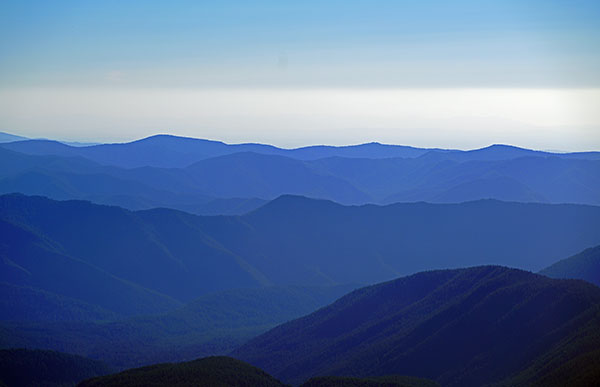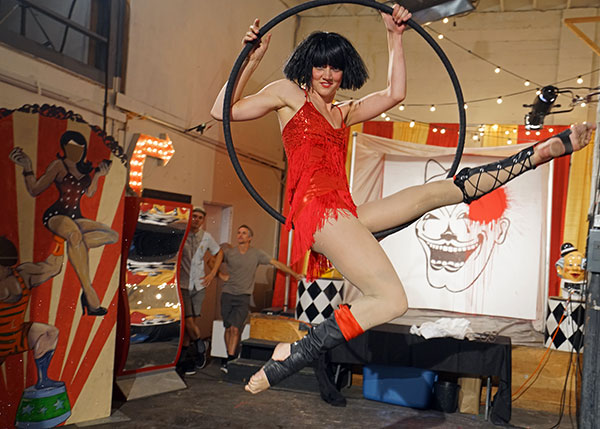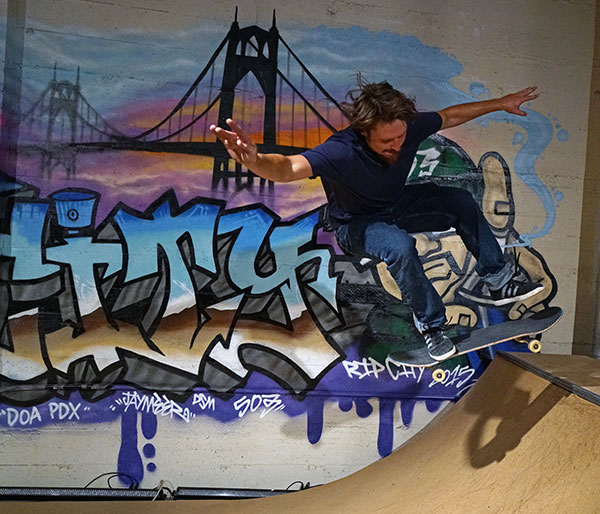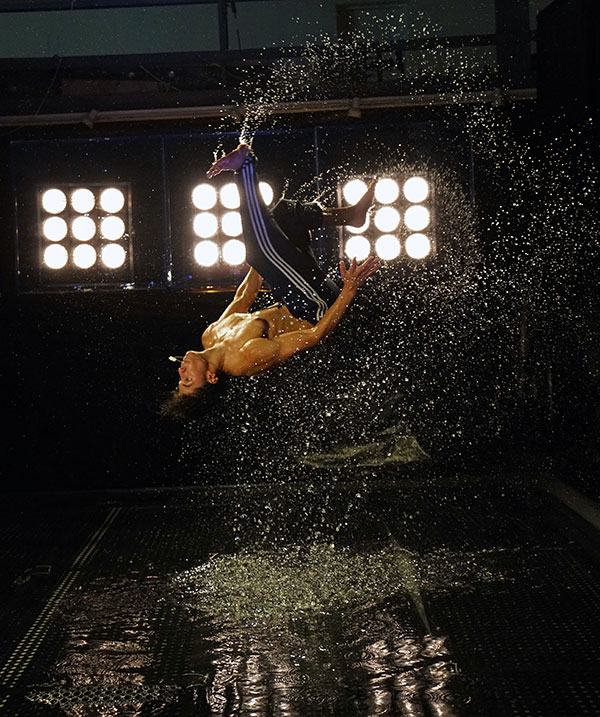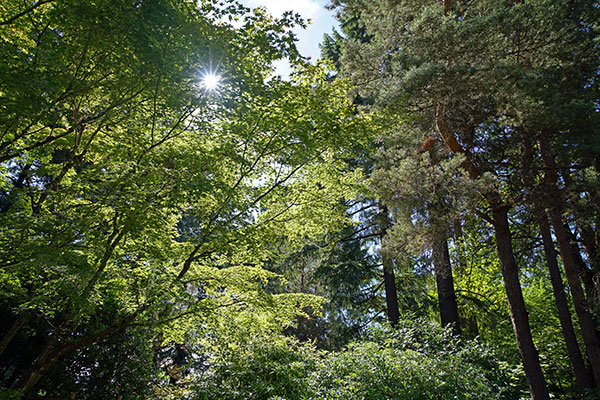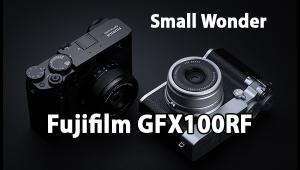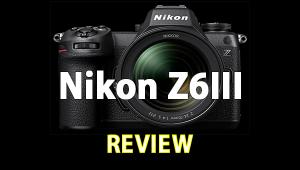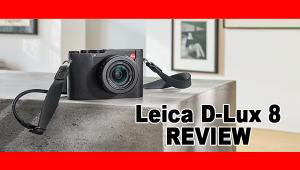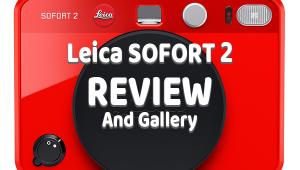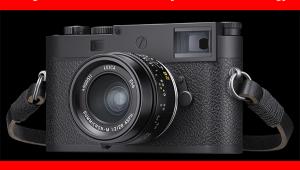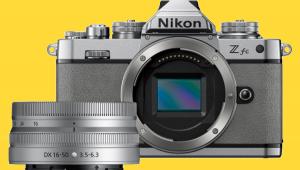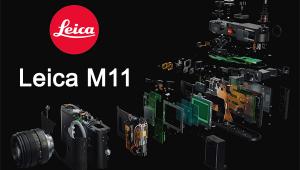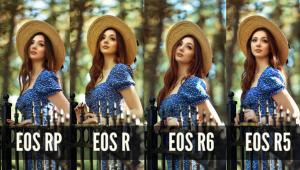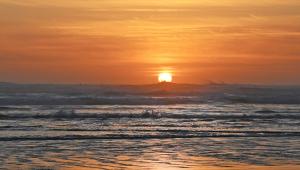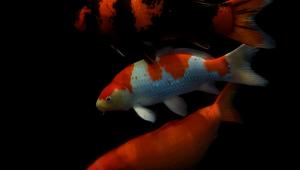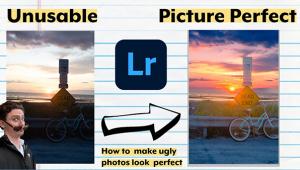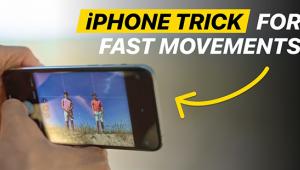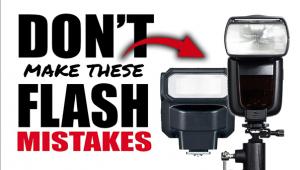Sony A7R II Mirrorless Camera Review (Full Resolution Test Images)
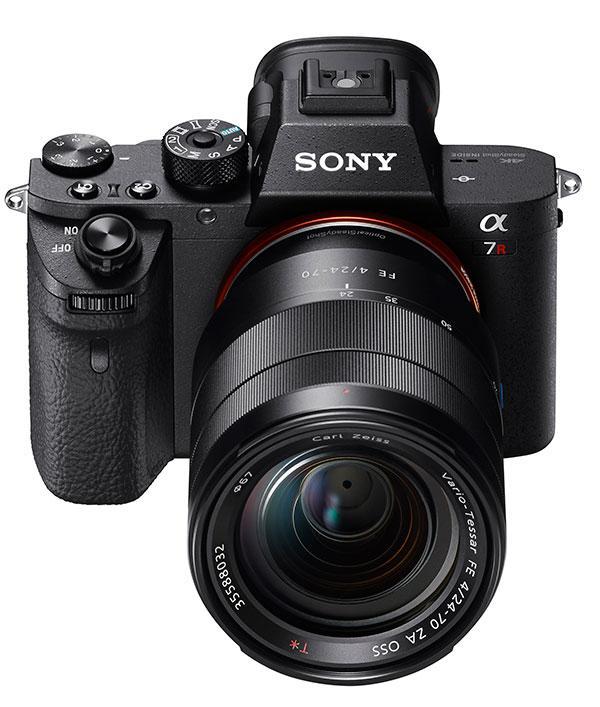
Sony’s A-series cameras have gotten a lot of coverage in the photo press in the last few years with the recently introduced Sony A7R II receiving the kind of the pre-release hype not seen since the launch of the Canon 5D Mark II back in 2008. While this would seem to be good news for Sony, it’s tough to gauge what kind of impact it’s had.
There are still quite a few serious photographers I know who are either unaware that Sony makes pro-worthy camera gear or remain skeptical that a company known mostly for its consumer electronics could deliver the kind of image quality they wanted. Then there’s the whole mirrorless camera challenge here in the United States. While there have been a few signs that these compact interchangeable lens system cameras are starting to catch on in the U.S., many photographers are still devoted to traditional, mirror-based digital SLR systems from the likes of Canon, Nikon and others.
But this could change with the 42.4-megapixel Sony A7R II ($3,200), a camera equipped with the world’s first 35mm, full-frame, back-illuminated CMOS sensor, which is designed to capture crisp, high-resolution images even in low light. The Sony A7R II also features a faster, revamped autofocus system; a more professional camera build; 5-axis image stabilization; and the ability to shoot 4K video the entire width of the full-frame sensor.
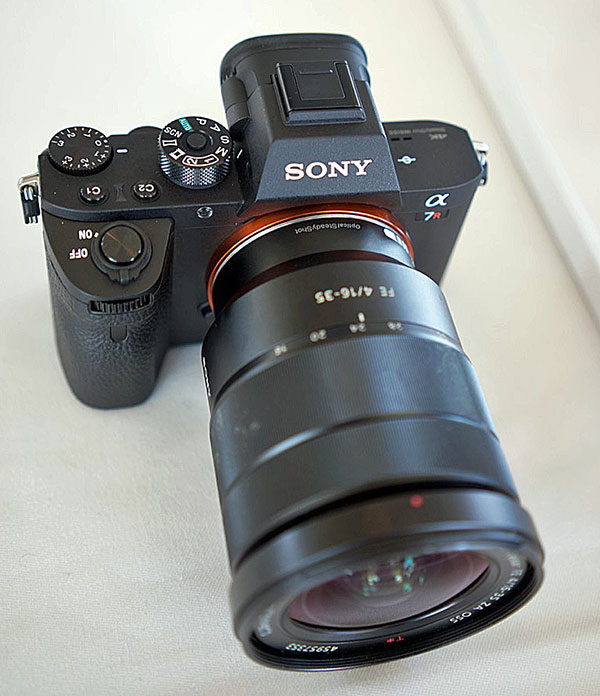
In short, this sequel to the Sony A7R is a major upgrade that’s designed to compete with the likes of the 50.6MP Canon 5DS and 36.3MP Nikon D810.
I’ve been shooting with the Sony A7R II for a little over a month now. Does it live up to the hype? Let’s take a closer look in this Sony A7R II Field Review. (We’ll also have a full Lab Review of the A7R II in an upcoming issue of Shutterbug magazine and later on Shutterbug.com.)

Camera Build & Layout
The Sony A7R II has a more robust and sophisticated build than its predecessor, the A7R from 2013. While the older camera had an angular, almost petite look and feel that made one photographer friend of mine mistake it for a consumer camera, the A7R II is solid, ergonomic, and substantial.
And when you attach one of Sony’s high-end FE lenses to the A7R II, such as the 16-35mm F/4 and 24-70mm F/4 that I did much of my testing with, it almost makes this mirrorless rig feel like a DSLR system. (I also used a Sony FE 90mm f/2.8 Macro G OSS lens in my testing, which is a pretty substantial piece of glass as well.)
That’s a bit of a conundrum in itself though. Are mirrorless cameras, which are designed to be smaller and more portable, becoming more DSLR-like? This is a question we pondered while reviewing the similarly chunky Samsung NX1.
Not that I’m complaining. As someone with large hands, the Sony A7R II and its tough, magnesium alloy design and more generous grip felt comfy. The A7 II’s shutter button has been moved to the top of the larger handgrip, making it easier and more natural to access. (The smaller shutter button on the original A7R was placed awkwardly on the top plate of the camera chassis.)
The new camera feels heavier and it is, weighing in at about 22 ounces (body only) compared to the A7R, which weighs about 16.4 ounces (body only). The tradeoff to all this is you’ll need a more generously sized camera bag to carry the A7R II around in, as with a DSLR.
In a small but helpful change, there’s a new locking mechanism for the Sony A7R II’s mode dial. (I was a bit divided on this though: it did prevent accidental mode changes but it made it slower to adjust these options on the fly.) There are additional custom functions and buttons for personalizing the camera so your favorite settings are just a touch away.
I liked the improved XGA OLED Tru-Finder electronic viewfinder (EVF) on top of the camera. It offers a magnification of 0.78x for better image preview and playback, while a new “Zeiss T” coating helps reduce reflections for a clearer view. Having said that, I’m still not sold on EVFs versus the optical viewfinders in traditional DSLRs. On the one hand it’s nice to see live image changes on the screen based on your settings but, on the other hand, it’s still not as crisp as the real thing. Whites in bright shooting situation still have a tendency to blow out in the EVF while dark areas have a coarse, grainy quality that lacks some detail.
Another gripe, for me, is the awkwardly placed video button, which is now located on the side of the rear handgrip. Since it’s hard to press with one hand, my 4K video clips sometimes stared with a shaky jolt when I began recording.
The 3-inch, tilting LCD screen on back is solid if not particularly exceptional. It has 1.23 million dots of resolution and the display can tilt 107 degrees upward and 41 degrees downward but the screen does not flip out to the side to help when composing overhead and down low shots.
Usually the argument for not offering a flip out screen is that it’s harder to seal it against the elements yet the A7R II has only very basic sealing against dust and moisture (it’s not waterproof or even splashproof). I certainly wouldn’t bring this camera out in the rain and I even kept it stashed in my photo bag during a splashy boat ride for fear it might get ruined.
As a photographer, that can be limiting and when you compare it to the more robust weather sealing on prosumer and pro DSLRs, it’s disappointing.
Features & Performance
The Sony A7R II is not cheap ($3,200, body only) but it is loaded. The aforementioned full-frame 42.MP back-illuminated CMOS sensor is designed to capture crisper images in low light (an area where its predecessor struggled) and native ISO range is 100-25,600 and expandable to ISO 50-102,400. I’ll discuss my image quality results – including how the A7R II performed in low light at high ISOs – in the next section.
Sony has also given this camera a major upgrade when it comes to autofocus. The A7R II’s new autofocus system uses 399 points of phase detection across the sensor in conjunction with 25-point contrast detection system that’s designed to quickly lock on subjects and capture sharp images. (In contrast, the previous model had 117 points of phase detection AF and it was a notorious slow focuser, particularly in low light.)
While the A7R II can’t compete with the AF speeds in professional DSLRs, it’s less expensive than many of them, including the Canon 1D X, which I’ve found to be the fastest AF performer around. And, truth be told, the A7R II is not really designed as a sports camera though I had no trouble using it to track and lock in focus on a range of fast moving subjects to produce sharp images. For reference, see my test shots of the dancers, acrobats and skateboarders in this story.
The Sony A7R II is also helped by a faster burst rate compared to its predecessor, which could shoot at 4fps but just 1.7fps when using continuous autofocus. In contrast, the new model has a 5fps burst rate even with continuous AF. Again, this is not near the territory of sports DSLRs – the 18MP 1D X can go up to 12fps – but it’s impressive for a 42.4MP full frame camera and was more than adequate for the moving subjects I was shooting.
I was also impressed with the A7R II’s five-axis image stabilization, which compensates for camera shake along five axes during shooting, including angular shake (pitch and yaw), which can occur when shooting with a telephoto lens; shift shake (X and Y) axes; and rotational shake (roll), which typically affects video recording. This proved effective in a range of shaky shooting conditions: while holding the camera over the heads of a pack of photographers to capture the dancers; while dangling it down low with one hand to capture cool angles on the skateboarders; and while shooting video from the back of a bobbing, fast-moving boat.
Other noteworthy features on the Sony A7R II include the ability to shoot 4K video using entire width of the full-frame sensor (without pixel binning), which is an industry first. The camera also offers built-in WiFi and NFC for wirelessly sharing images.
Image Quality
The large number of high-end “bells and whistles” on the Sony A7R II are all well and good but what’s the camera’s image quality like? The short answer: it’s exceptional.
In fact, I’d put the A7R II’s results close to the two other high resolution DSLRs mentioned earlier in this story: the Canon 5DS, which retails for $3,699 (body only); and the Nikon D810, which retails for $3,296 (body only).
If you are no longer devoted to a Canon or Nikon lens system (or simply want to ditch the more bulky DSLR-world forever), the Sony A7R II is the way to go. And now that Sony has added user selectable compressed or uncompressed 14-Bit Raw still image capture to the A7R II (it wasn’t included in the early models but now is available via a firmware update), there really is very little difference when it comes to pure image data between these three cameras.
The Sony A7R II has no optical low pass filter and that helps it capture substantial amounts of fine detail even at small aperture settings. In reviewing my images, I got the most resolution and detail when shooting at f/5.6, allowing me to discern individual folds and stitching patterns on one of my subject’s shirts (without, fortunately, moiré, which can be a problem on cameras without low pass filters.)
Narrower apertures did suffer from some diffraction blur but this is not uncommon for cameras with such high resolution. (According to our review of the Canon 5DS, our lab results turned up the same issue.)
Color rendition was spot-on and while skintones tended toward a more saturated, magenta flavor, the people in my portraits looked natural, healthy, and life-like. (A good example is my image of the Portland, OR chef holding the coffee cup.)
My testing was primarily done with the Sony FE 16-35mm F/4 and 24-70mm F/4 lens, and this combo with the A7R II produced images with excellent sharpness. For instance, look at my photo of the break-dancers in the midst of a flip.
This was shot at ISO 6400 in poor lighting and while there is some softness due to noise at this higher ISO, the muscles and tendons of the dancer’s arms as they execute the flip are quite sharp and defined.
The Sony A7R II also produced images with very good dynamic range, including lots of detail in the shadow areas.
Take, for instance, my high contrast image below of the tree canopy at the Portland Japanese Garden where you can make out the patterns of the bark in the tree trunks in the shaded sections of the photo.
I found the A7R II to be a fairly good performer at higher ISOs in low light (and definitely much better than its predecessor). There was barely any luminance (light) or chroma (color) noise in images all the way up to ISO 3200.
Even my shots at ISO 6400 including those of the dancers in the warehouse were relatively clean though, as mentioned previously, the camera’s aggressive anti-noise algorithms softened them a bit. (I’d recommend shooting in Raw and then cleaning up the noise later in Photoshop on your own.)
At ISO 12,800, the presence noise in my images got very distracting and ISO 25,600 was barely useable. As part of my testing, I shot an image of a cocktail at ISO 102,400 (see below) and while it’s certainly discernibly a cocktail, it’s not a very pretty one.
The Sony A7R II performed great in video mode too. I got lots of detail when shooting 1080p and, as could be expected, even more sharpness and picture info in 4K mode.
Being able to shoot 4K using the complete width of the camera’s full frame sensor produced noticeably rich and vivid video clips with noise levels comparable to the A7R II’s good results at higher ISOs. (Though I wouldn’t recommend going over ISO 6400 in video either because of distracting color noise.)
Conclusion
The Sony A7R II has been one of the most hyped cameras of the year and, in many ways, it lives up to that hype. For anyone who thinks mirrorless cameras still aren't ready for prime time for serious photography, think again. Sony’s A7R II is so loaded with cutting edge features and offers such stunning image quality, it takes its place among the best high resolution interchangeable lens cameras out there from such venerable photo brands as Canon and Nikon. At the same time, I don’t see a compelling enough argument for switching from a recent Canon 5D or Nikon D800/D810 to Sony’s full frame mirrroless cameras if you’re happy with the system you’ve already got. But for photographers who might be considering moving up from a prosumer camera to a professional-level model, the Sony A7R II should seriously temp you to go the mirrorless route. And if you do make the leap, I’m guessing you will never look back.
